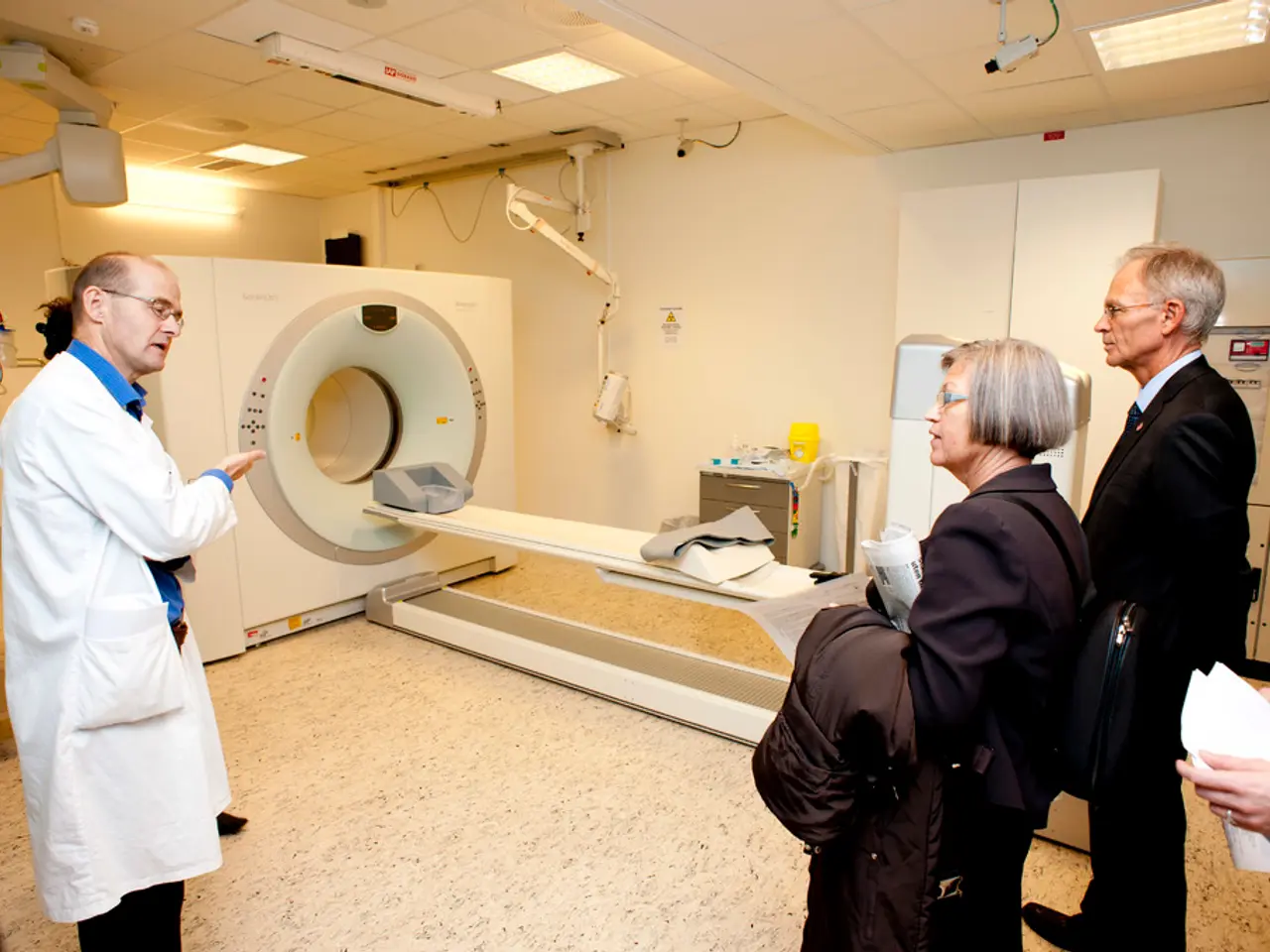Greater adaptability leads to enhanced achievement
In the modern manufacturing landscape, traditional practices such as the summer break are being questioned in favour of a more flexible approach. This shift towards flexibilization can provide a significant competitive advantage for companies, streamlining operations and enhancing both employee satisfaction and product quality.
Flexibilization in manufacturing can lead to improved efficiency, reduced costs, and better resource utilization. By optimizing material flow, manufacturers can ensure a continuous, seamless movement of materials through production processes, reducing bottlenecks and downtime. Systems like pneumatic conveying combined with automation help precisely control material flow rates according to production needs, boosting overall productivity.
The benefits of optimizing material flow extend beyond efficiency. By maintaining continuous flow with fewer pauses, manufacturing eliminates waste related to excess handling, inventory buildup, and inefficient equipment use. Operating costs can drop by 15-25% through flow production practices. Moreover, automation in material handling reduces contamination risks and variation in processes, leading to uniform product quality and fewer defects.
Transport rollers and mobile workstations play a crucial role in optimizing material flow. Transport rollers simplify the movement of items between workstations, conveyors, or storage, facilitating smooth and efficient handling of materials or products. They reduce manual labor, speed up material transfer, and can be integrated into automated systems to streamline the flow. Mobile workstations enable workers to bring tools and parts directly to the point of use, enhancing flexibility and reducing the need to transport materials back and forth. This improves ergonomic conditions and shortens cycle times by minimizing unnecessary motion and handling.
In the electronics manufacturing industry, rollers with a smooth run and made of electrically conductive plastic are particularly important for product quality. For the medical and food industry, rollers made of plastic or with forks made of stainless steel meet strict hygiene requirements and are easy to clean.
Flexibilization of working hours is a much-discussed topic in production facilities. A flex zone of half an hour can positively influence employee satisfaction, while factors such as production setup and cycle times, waiting times, and percentage of manual activities also impact throughput times. Anonymous employee surveys can provide entrepreneurs with an overview of employee opinions on flexibilization.
Shorter throughput times allow for faster product sales and revenue generation. Removing units that are not needed for all products or product groups can optimize costs. This flexibility allows for programming or testing workstations to be moved, and assembly islands to be individually adapted to the product being manufactured.
Employees may also have the opportunity to switch to more environmentally friendly means of transport due to flexible working hours. Heat-resistant variants and heavy-duty rollers can provide a significant advantage in the production of baked goods or metal processing.
In conclusion, optimizing material flow—including using transport rollers for various transport tasks and mobile workstations for flexibility—creates a more efficient, cost-effective, and responsive manufacturing environment. This, in turn, can lead to long-term success for both companies and their employees.
- The shift towards flexibilization in the manufacturing industry, as seen in the modern landscape, can potentially enhance employee wellness and work-life balance, as demonstrated by the discussion of flexible working hours.
- Science and technology play a critical role in facilitating the optimization of material flow, as demonstrated by the use of pneumatic conveying systems and automation for precisely controlling material flow rates.
- The healthcare and wellness sector, as well as lifestyle industries, can benefit from the improved hygiene standards and material handling technologies derived from manufacturing, with specialized rollers designed to meet specific hygiene requirements.
- The finance industry can reap the benefits of increased efficiency and cost reductions (by 15-25%) resulting from optimized material flow in the manufacturing sector, leading to improved competitiveness and overall industry growth.




